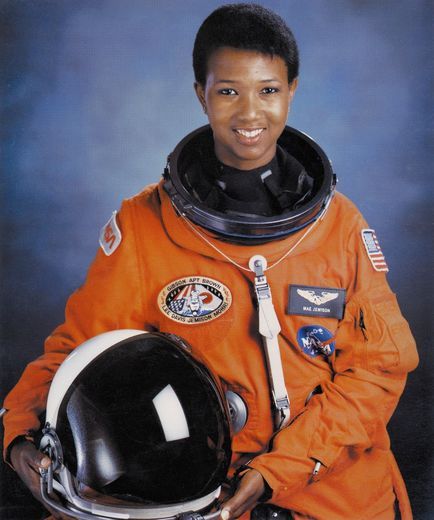
Those young people in your home are natural scientists and it is your responsibility to help them nurture, grow and hone STEM skills—that’s science, technology, engineering and mathematics.
I know people raising children have a lot on their plates these days. And I’m not necessarily inclined to give them more things to do. But the job of parents and adults is to make sure that our children have the best chance to succeed when they become adults.
So why do I put STEM at the top of my Go-To-School list?
Because today and in the years to come, whether one works as a STEM professional or not, one’s competency with basic STEM concepts will greatly impact success. Think about it—music is recorded, distributed, listened to and often made on sophisticated equipment. Cosmetics and beauty products are developed and made by chemists but applied by beauticians (and pH does matter!) Cars, medicines, houses, fabrics, computers, smart phones, are all designed and built using STEM skills—by engineers or production line workers. And people with STEM careers often earn more than their counterparts –with high school, two year or college degrees.
In my travels around the country, I’m often asked by parents, grandparents, aunts and uncles what they can do to make their children interested in science.
Good news—children are born interested in science. They want to understand the world around them. Your job? Don’t let your fear of science or math or the DVD player turn them off.
As a scientist, chemical engineer and physician, my parents, who were not professional scientists, were the primary reason I succeeded in science fields. They encouraged me as I explored and eventually decided to go into science. Let me share a number of those actions which are important factors for other scientists and engineers, as evidenced by findings in a several surveys commissioned by Bayer Corporation.
● Girls like science as much as boys. Evidence shows that girls and boys start out with equal interest in science. Unfortunately, even though girls do as well or better than boys in math and science all the way through high school, they are “turned off” and doubt their capabilities by the behavior of teachers and parents. In elementary school, the scientists surveyed report that girls were encouraged far less than boys in science class – it grew worse in high school.
● Parents play a big role. Our mothers and fathers supported our interests and pursuit through taking us to zoos, museums, buying science toys like microscopes and chemistry sets and computers. They helped us find answers to our questions and emphasized the overall importance of school.
● Set High Expectations. Kids live up or down to our expectations. We must let them know through our actions and behavior (not just words) that we expect them “to do” STEM. Raise the bar high. They don’t have to become scientists and engineers, but make sure they know it is an option. Support science projects and learn with them—you don’t have to know all the answers.
● Science outside of school is key. Science is everywhere, not just in the classroom or laboratory. It’s in the fish tank, in the backyard where caterpillars turn into butterflies and in the kitchen where baking a cake is a chemistry lesson. Doing informal experiments at home is not only fun, but effective in making science less mysterious.
● School science must be “Hands-on, minds-on, hearts-on.” National science education experts advocate starting teaching science early in elementary school and using inquiry-based, hands-on methods. Students learn by experimenting—researching, testing, and analyzing data just like scientists do. Schools need labs as much as computers. Be a vocal and supportive advocate!
● Utilize science resources. From the media and Internet to science museums, the public library and the park around the block, resources abound. There are also a number of excellent web sites devoted to scientific discovery and learning.
● Images, role models and mentors make a difference. Children are impacted by what is around them. It is important for them to see people who look like them in STEM careers. Images in the media are important. Point out not just television and movie characters, but also real life male, female and minority scientists and engineers. Exposure to them helps children see what they, too, can achieve. Companies like Bayer have employee volunteer programs that encourage scientists to spend time with students in schools. Check to see if science and technology-based companies in your community have similar employee volunteer programs.
Dr. Mae C. Jemison, former NASA astronaut and first woman of color in the world to go to space, is Bayer’s national Making Science Make Sense spokesperson and is now leading 100 Year Starship, a bold, inclusive and far-reaching new initiative to assure that the capabilities for human travel beyond our solar system to another star exist within the next 100 years and the innovations, technologies and knowledge are applied to better life here on earth. Learn more about the project at www.100YSS.org.
